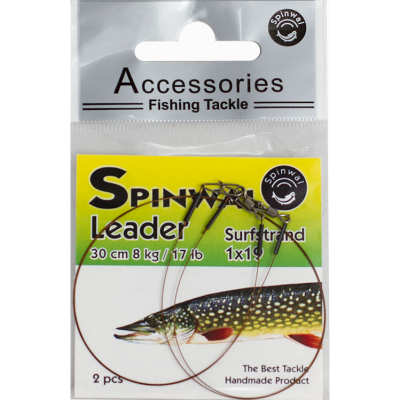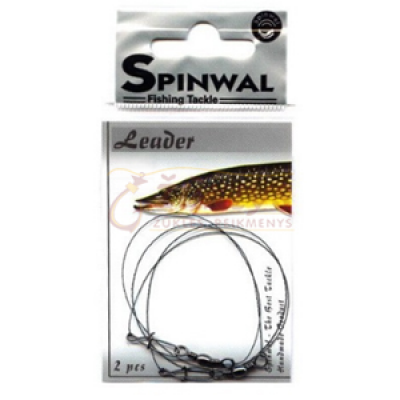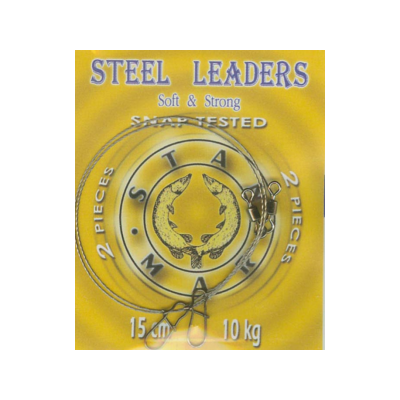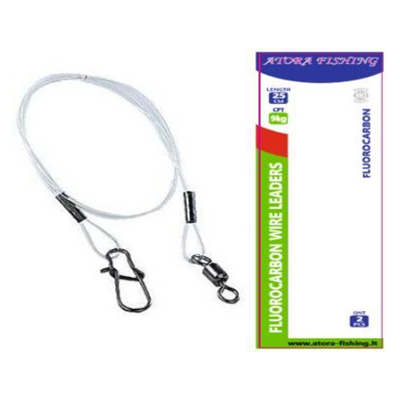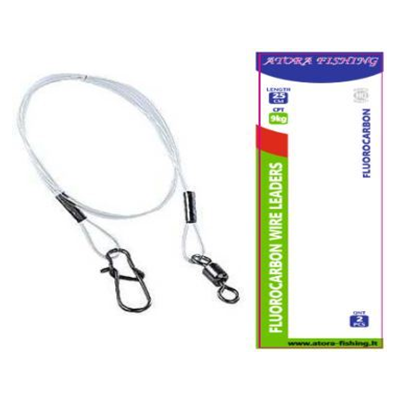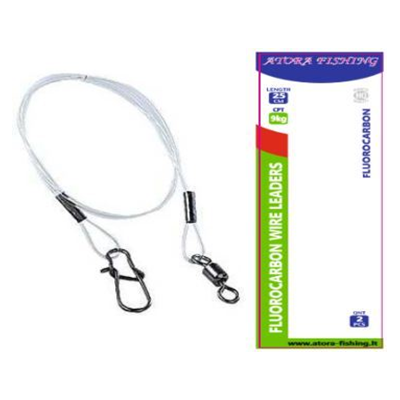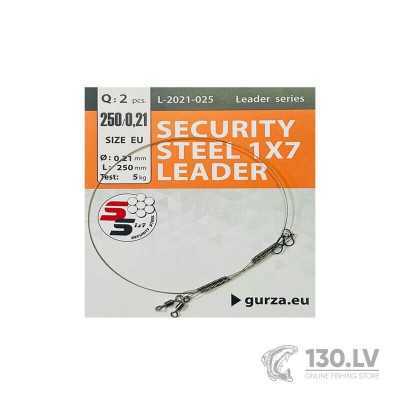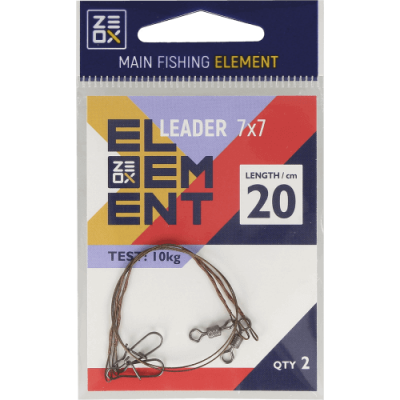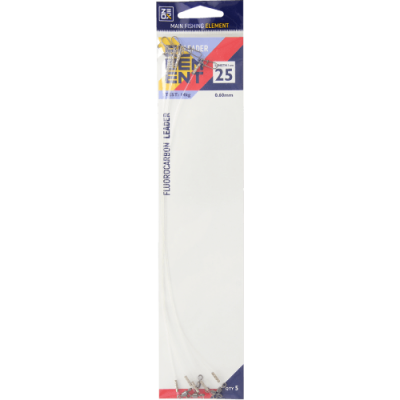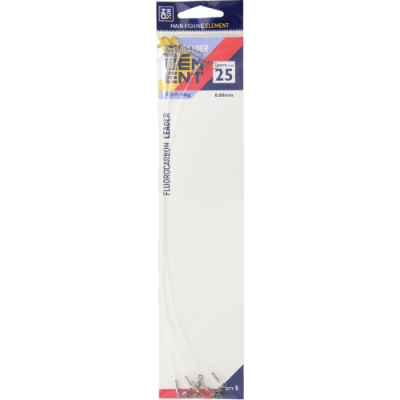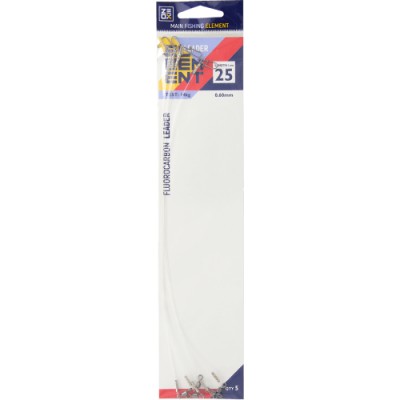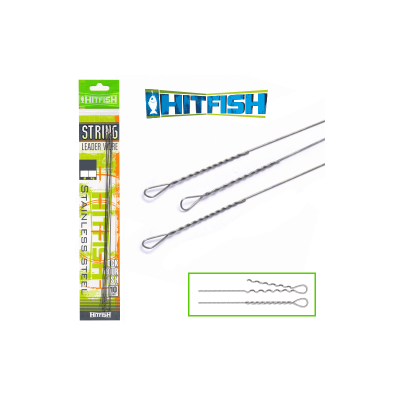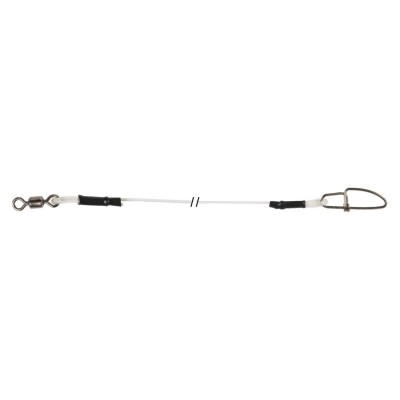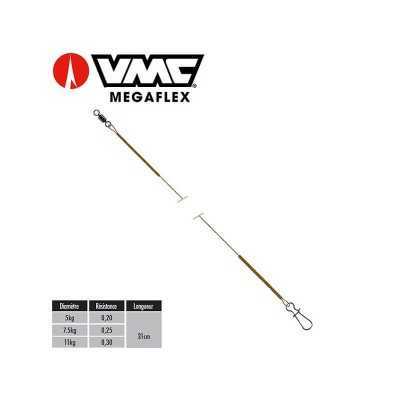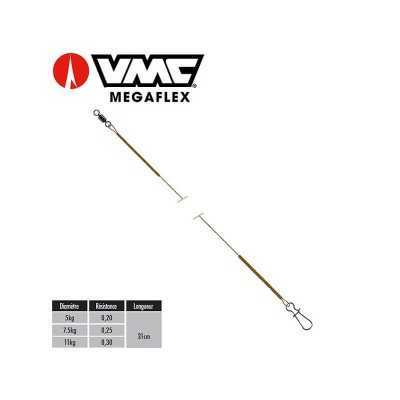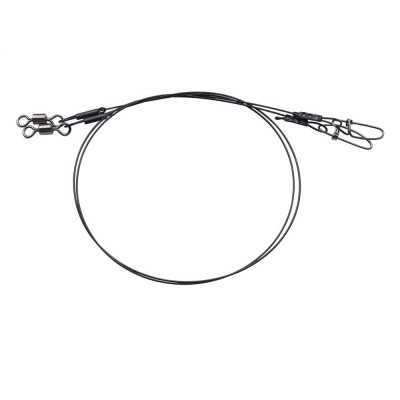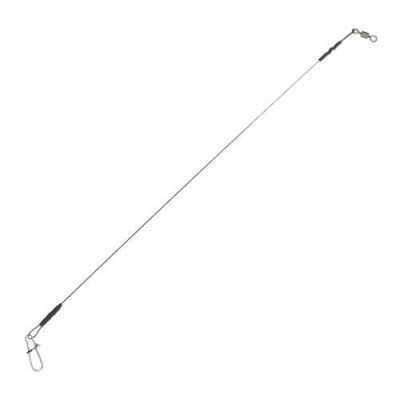Leaders
Which is the best leash?
Leashes are used for several purposes in spinning. For pike fishing, leashes that are not afraid of biting teeth are used. Pike bite both mono and braided line, which is why pike leashes made of different materials that do not scare pike teeth are designed for this purpose. The most popular fishing leashes are made of braided steel strands. They crease quite slowly and last quite a long time. Tungsten leashes, although relatively thin and cheap, wrinkle very quickly. Leashes are also available in single titanium filaments. They do not wrinkle at all, are very stiff and light, but their price is at least twice as high. Recently, thick (0,5-0,9mm) fluorocarbon cleaning leashes have become very popular. Their main advantage is that they are the least visible and very strong. They are mostly preferred by anglers fishing with large baits and a thick braided line. Only fluorocarbon leashes are available to hold 30kg or 50kg. It is quite important that the leash can carry at least as much weight as the main line. There is no benefit from a strong line if the leader holds twice as much. When choosing fluorocarbon leashes online, many anglers make the mistake of choosing leashes that are too thin. It doesn't matter that the leash will hold more than the line, the pike won't break off but will bite the fluorocarbon and this is where it is important to assess the risks. A 0.4mm FC line is already in the high risk zone. If you are fishing with smaller baits that are easy to get around, you will not fish for long with this thickness. When fishing with wobblers, it rarely goes all the way into the predator's mouth and the leash is not bitten much. A safe thickness is 0,8mm. When fishing with thinner ones, you should always check for large snags and change the leash immediately if you see one. For twitching, single strand steel wire (string) leashes with screwed ends are very popular. This is because they are very stiff and do not allow the line to get caught on the hooks of the bait when twerking. They can be used with or without a clip by simply unscrewing the string when changing baits. The strings are very cheap, but they crease quickly and need to be replaced frequently. However, pike are not the only fish that are caught with a leash. Perch, sturgeon, bream and salmon are also often caught with leashes, not because of bite, but because of the lower visibility and abrasion resistance of the clean end. Fluorocarbon leashes are best for this purpose, but they are already thinner than for pike. A short section of fluorocarbon line, 0.25-0.4 mm thick, will help protect the end of the line from grasses and stones and shells, causing less suspicion to fish.
